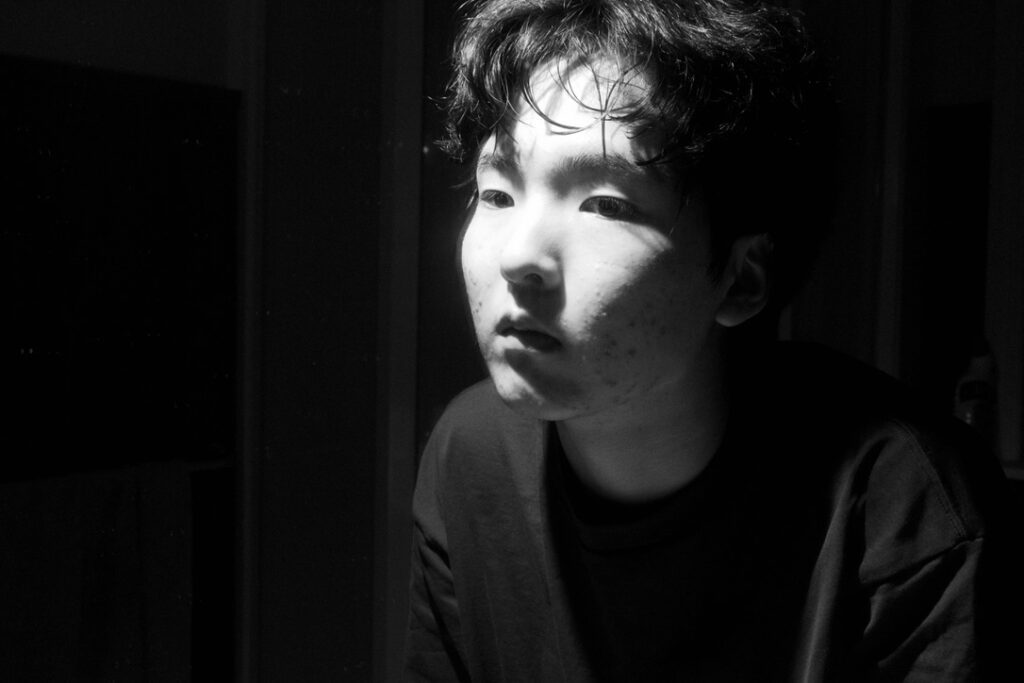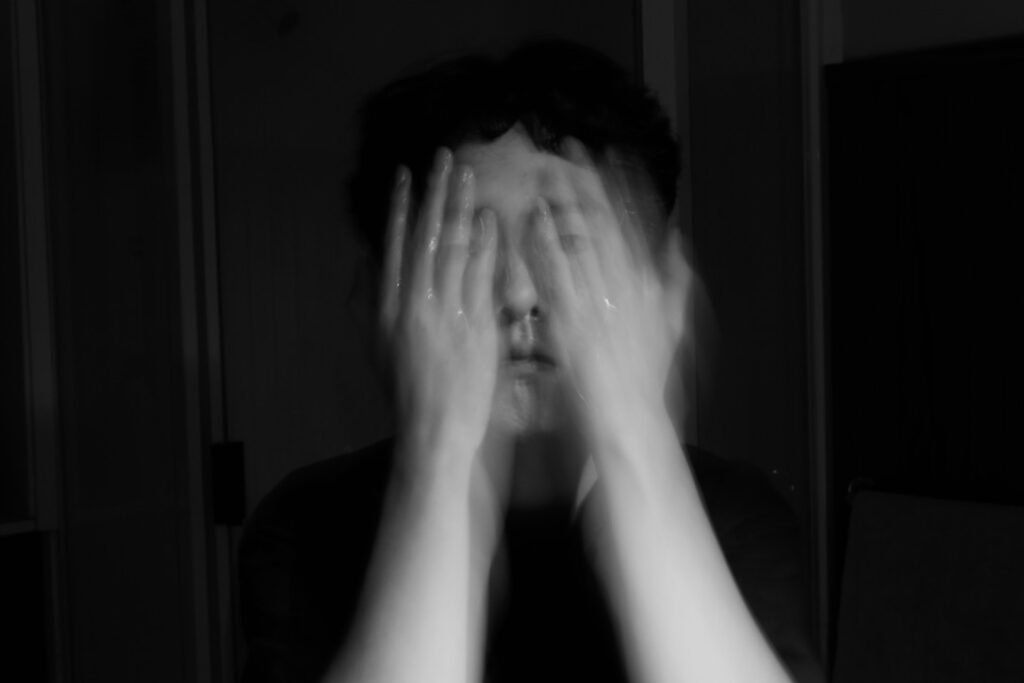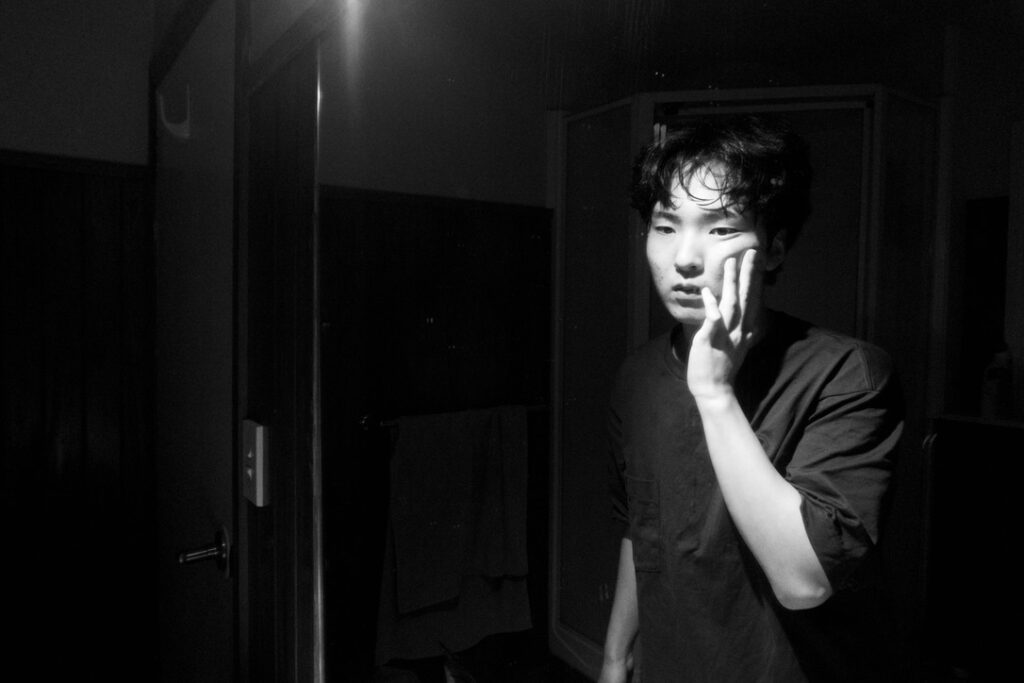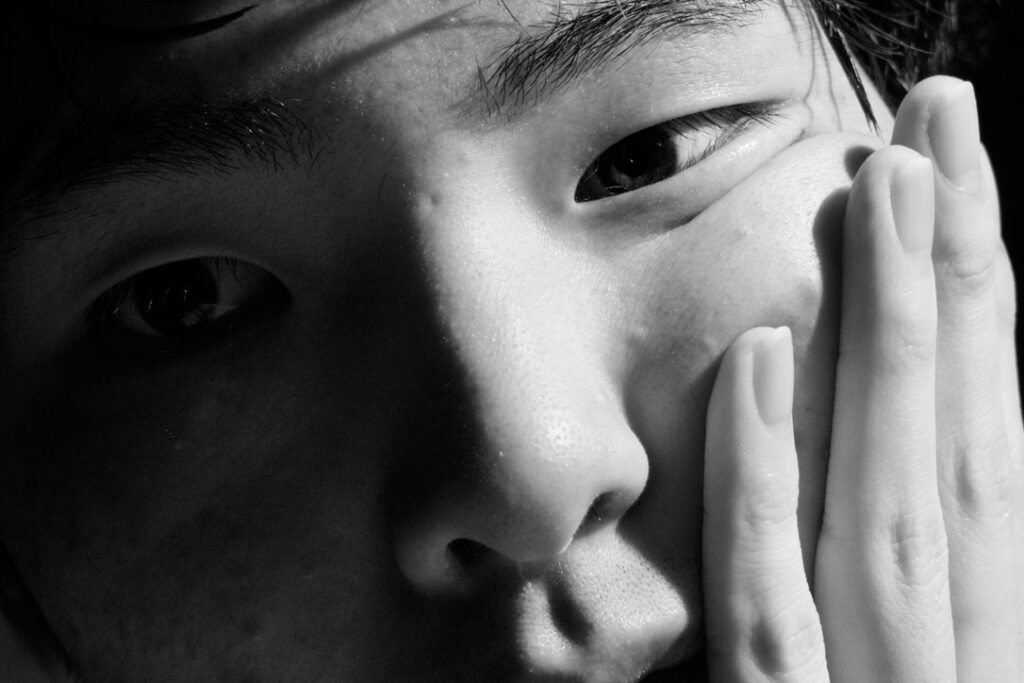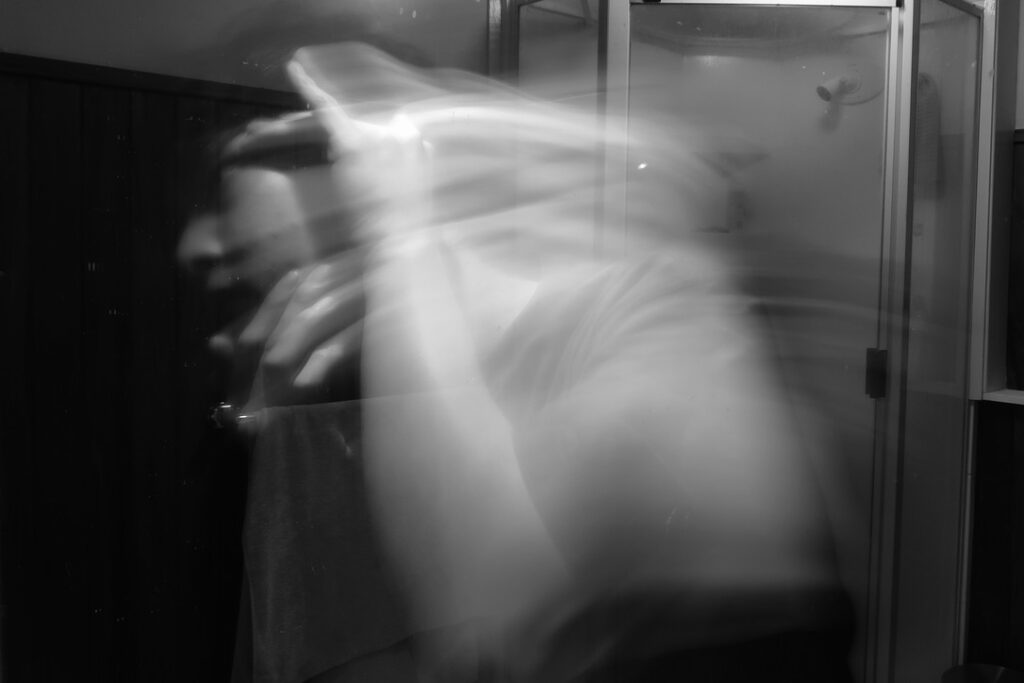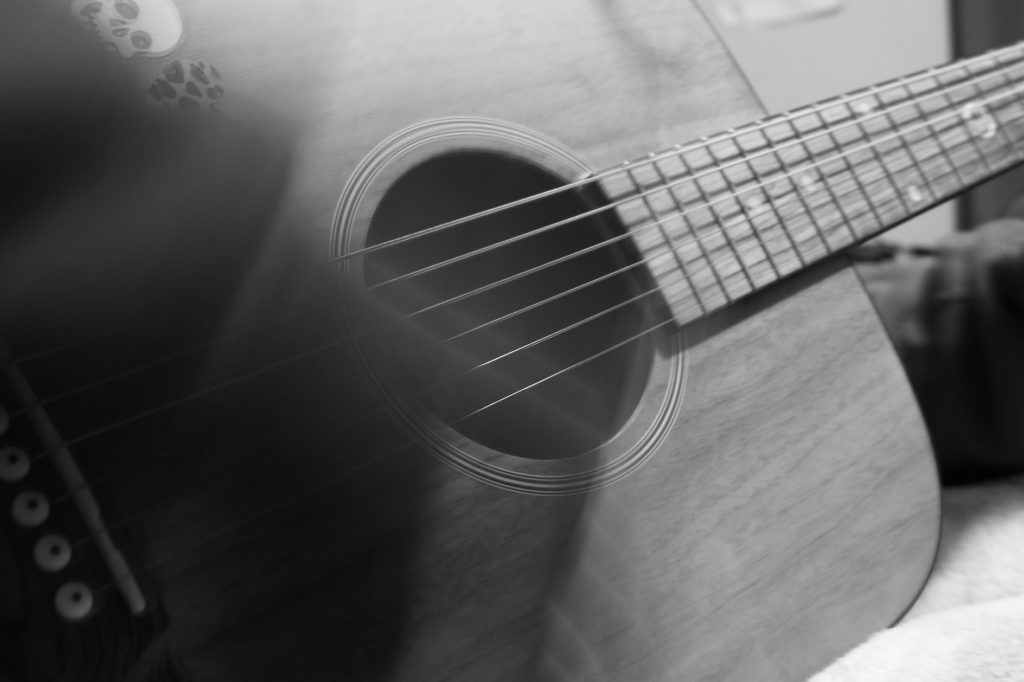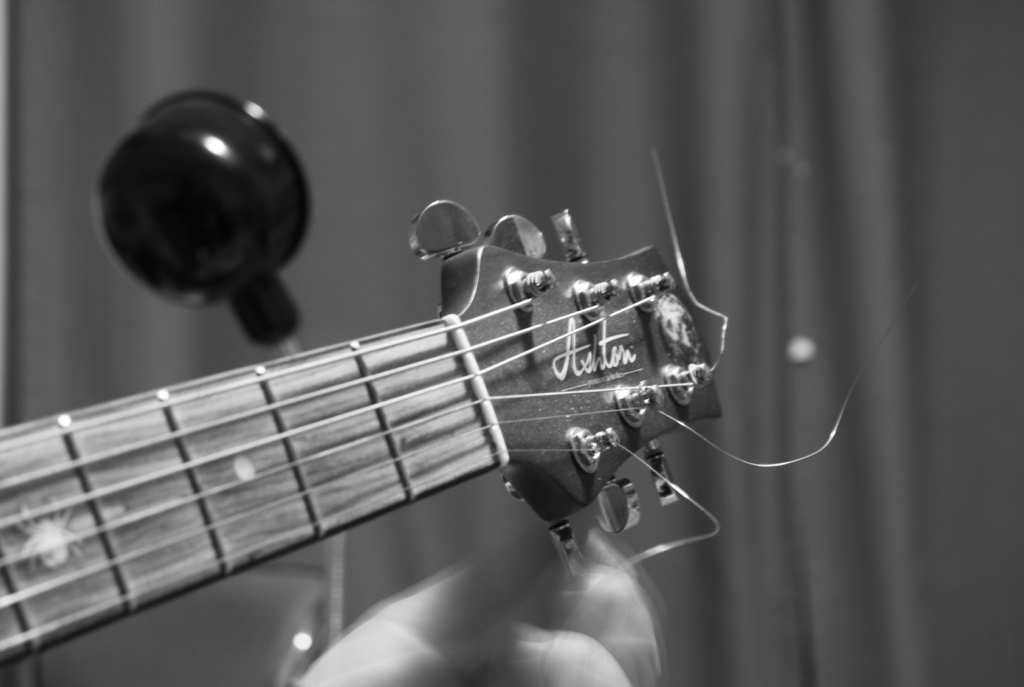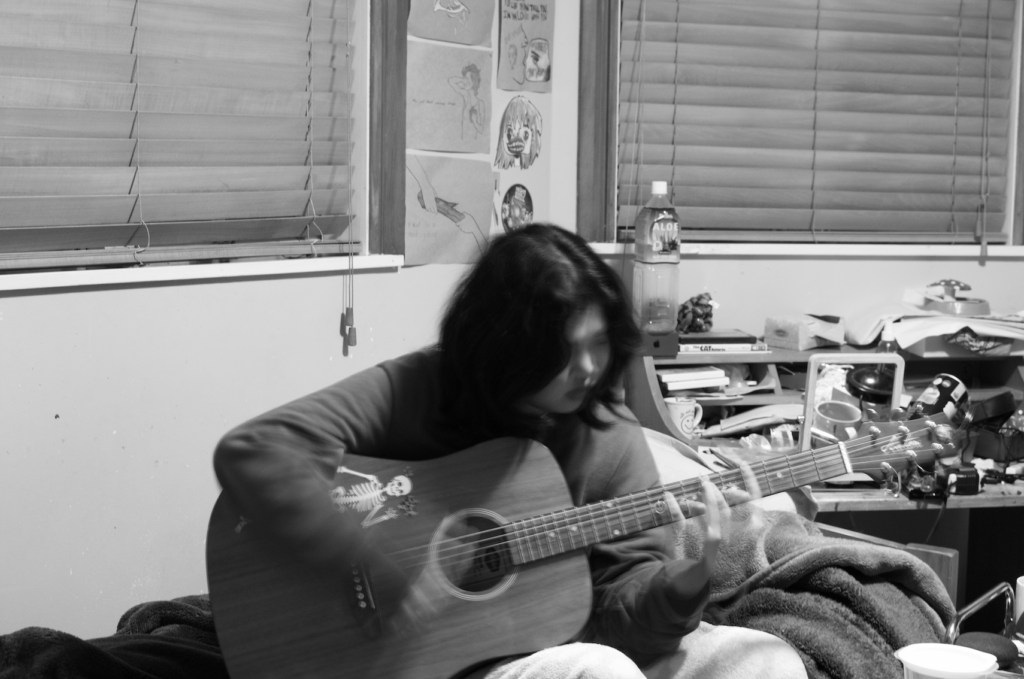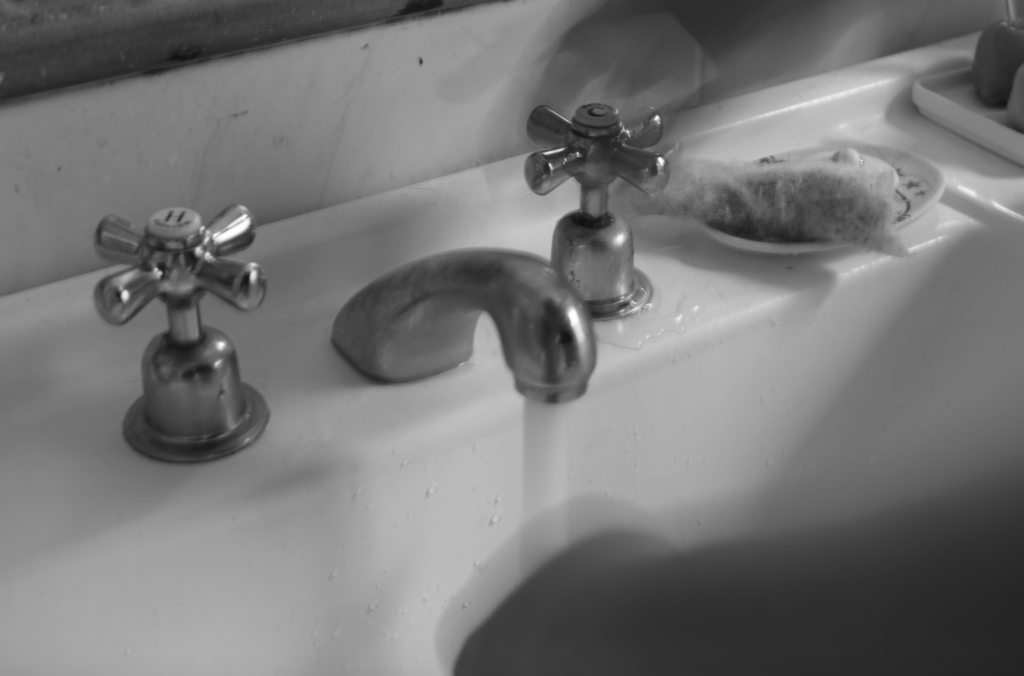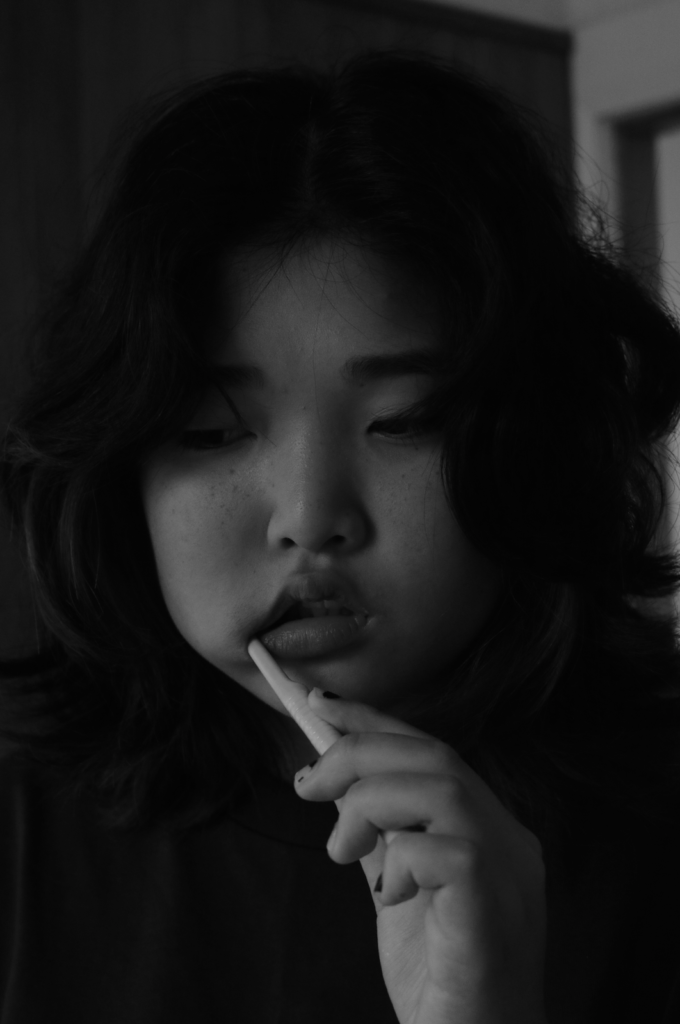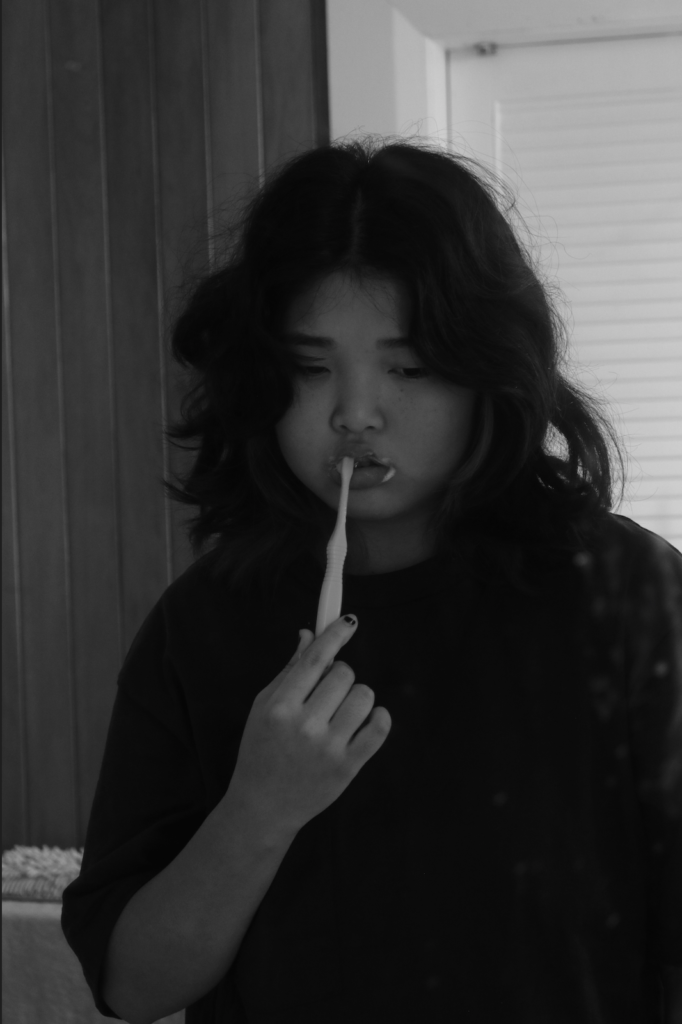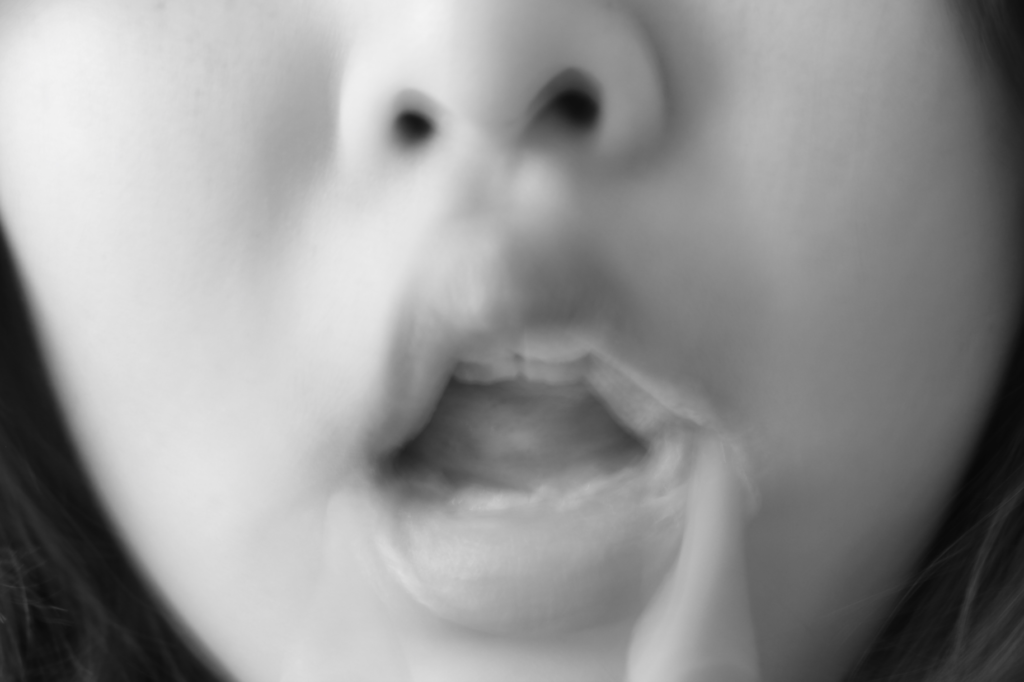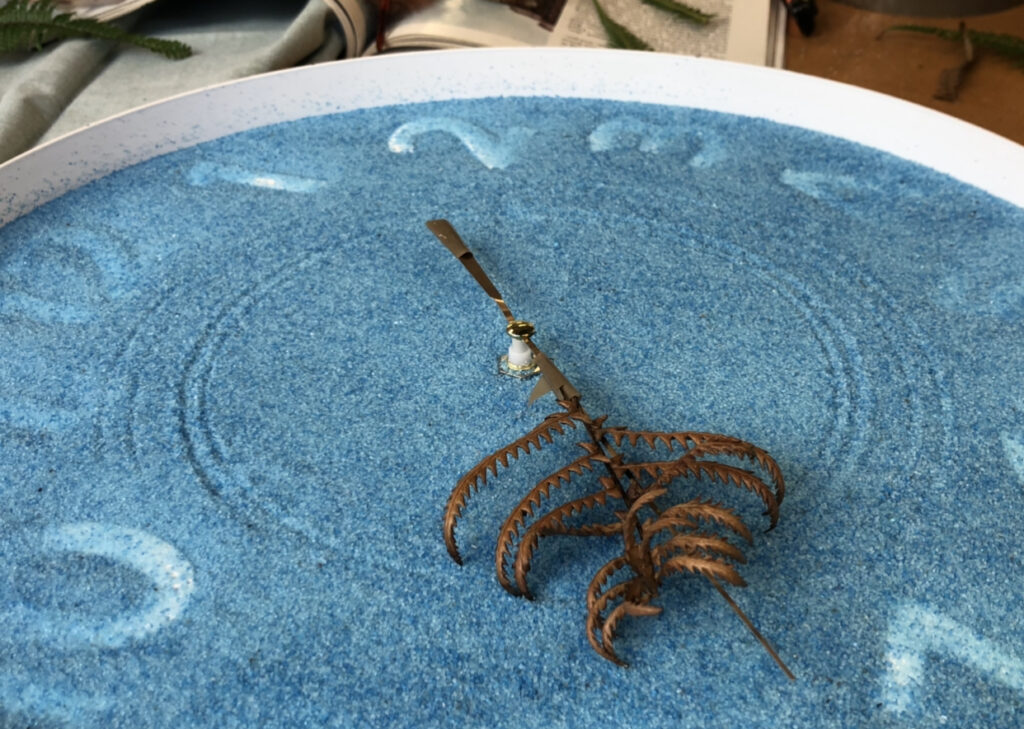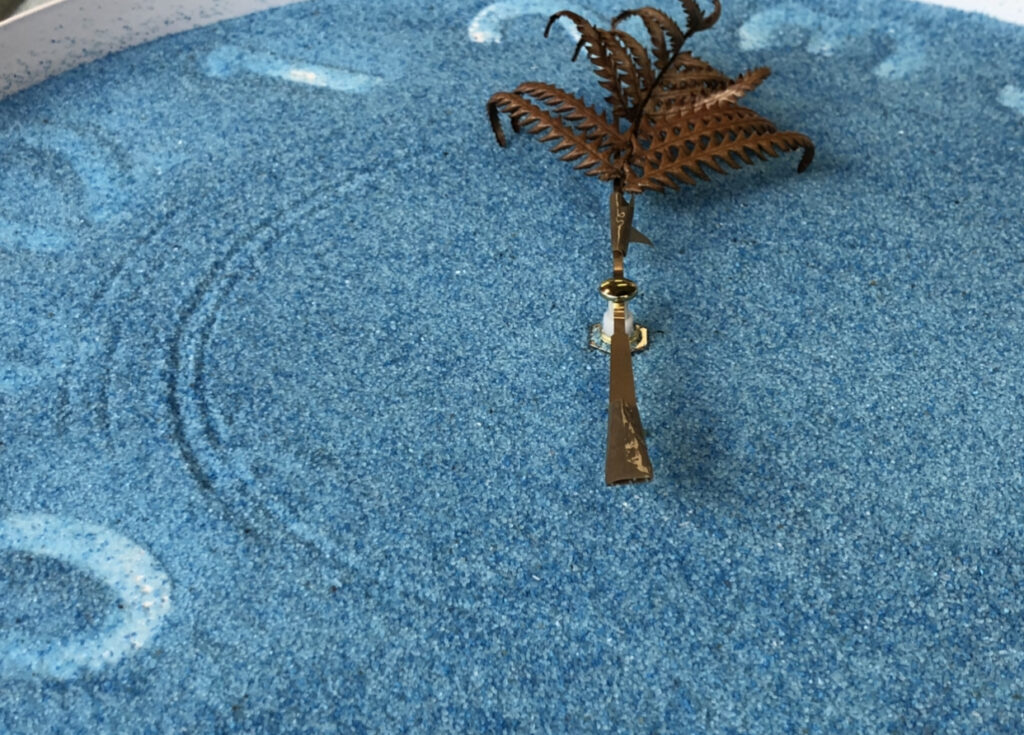For this brief, we were given two options to work on: A: Care and the good work or B: In praise of laziness. At first I did had some ideas for option B, but I ended up choosing option A, Care and the good work. I will be going with the concept of how leisure becomes labour. Especially during lockdown, when you have too much time in your hands, you begin to overthink. People would try to keep themselves distracted to the news, in a time when the only thing you can do is leisure. Although manual labour drops, emotional labour heavily increases. Since this is the beginning, I am not set on a specific artist model or style, but I am leaning towards surrealism.
Stock Take
- The equipment that I have which relates to photography and video work are: Canon 80D, Canon G7X Mark ii, and my phone.
- The lens devices that I can use are the standard lenses that came with my camera (18mm-55mm) and a 75mm-300mm zoom lens.
- The editing software that I use is Final Cut Pro, which is on my MacBook.
- My work station is my room.
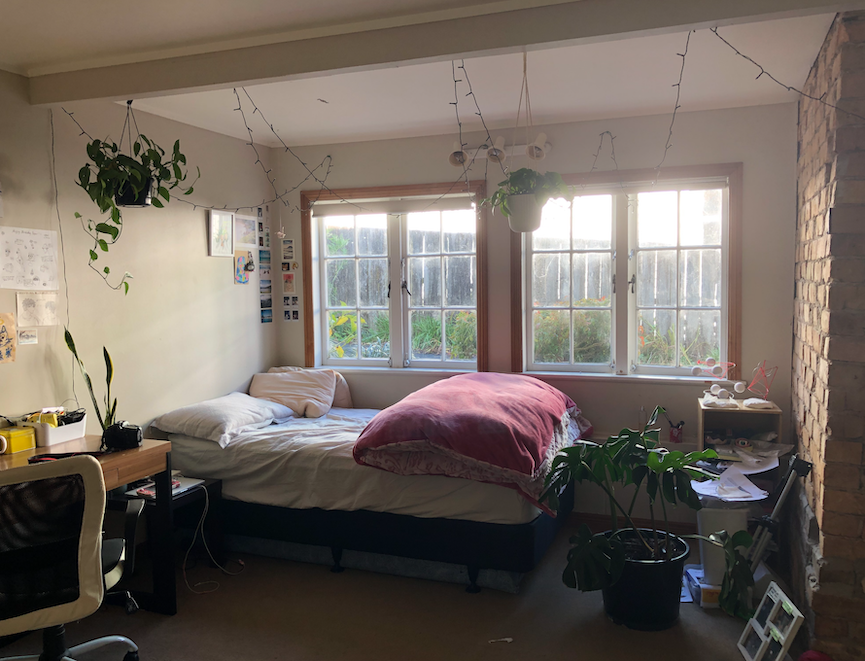
Stacking Workshop
In the last class, Antonia instructed us all to bring an object to class. And with the object that everyone brought, we would all stacked them up. We obviously had to bring objects that are easy to balance, so I decided to bring a single card. It was really interesting to see how people would find a way to stack their objects. For example, someone decided to hang a bucket over a stick that was placed over a tall box. And someone else placed smaller objects inside the bucket. This is a task that requires us as a group to carefully and thoughtfully place objects, while also making sure that the next person can also place an object over it, which relates to labour.
Labour gathered in a single image
For this, we were given the task to capture labour in a single image, as the title states. So I wanted to do a series of myself completing a form of labour. And I chose to photograph the process of cooking. I shot this final image by keeping the camera in the exact same spot, and placing myself in different areas of the kitchen completing different tasks. I then went over to photoshop and put an image over another. I did originally wanted this to be in colour. But however, the lighting wasn’t very ideal, since it was at night. So I decided to add a black and white filter over it. Although I’m pleased with the overall outcome, I hope to grow my skill towards photoshop.
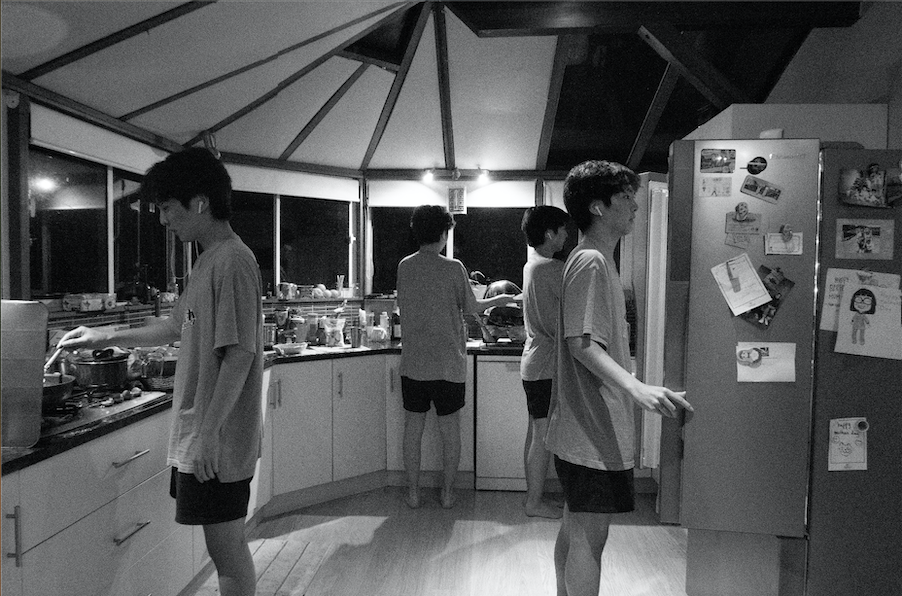
Process of cooking.
More photo sequences!
Recently, I took some more photo series on the topic of labour. My ideas did go a bit on the darker side, but i’m quite interested in photographing everyday activity that feels like emotional labour. This blog is a continuation to my first blog that was made regarding the first photo sequence.
Photo sequence #2
The way you feel about yourself really changes if the actions that you do feel like labour or not. Washing my face in the morning is something that feels like emotional labour to me, as I deal with skin problems. Most days, it doesn’t feel like labour. But on my bad days, I would often find myself spending more time looking for problems about my face, rather than actually getting ready for the day. It’s an emotionally draining way to begin and end the day.
I’m quite happy with the way the images turned out. Especially the photo on the bottom right. I like how the low shutter speed captures the movement of me moving closer to the mirror. But there is still room for improvement. Looking back at these photos, this series could’ve had more range of movements in the process of washing my face. Three of the images are just me looking at myself blankly, and the other two are just similar low shutter speed images.
Photo sequence #3
This photo sequence touches on the idea of using labour as a tool to avoid a different kind of labour. In this photo, she is preoccupied with practicing her guitar skills, and she does this to avoid cleaning her room. The clutter building up on the table symbolises the idea that her responsibilities that she’s been avoiding are also building up. It comes to the point where it becomes unavoidable to ignore; As seen on the background of the image in the middle.
This sequence is a metaphor of how no matter how hard people try to distract themselves, the real labour that must be done will always be on their mind.
Artist Models
The artist models that I used to develop my work are Dorothea Lange and Pavel Banka.
Dorothea Lange
Dorothea Lange is an American photographer born in May 26th 1895. She focused on documentary styled portraiture photographs of farmers during the great depression. And this work really evokes the feeling of hardship. This work titled “Migrant Mother” portrays more of an emotional aspect of labour; Which is what I gravitate towards. This iconic photograph symbolises the “hunger, poverty and hopelessness endured by so many Americans during the Great Depression.” I really like how I can really feel the strong emotions that this image gives off. The mothers and the kids facial expression and body language really gives the audience a good understanding of the position that they were put in.

Pavel Banka
Pavel Banka is a Postwar and Contemporary artist born in the Czech Republic, 1941. Although his work doesn’t centre around the concept of labour, I really do like his style. Banka’s work are often dark when it comes to lighting, and has a bit of a surrealist and hazy feeling. His photos are very abstract, which helps bring more attention to the subject matter. A technique of his that I would like to adopt is his abstract approach on his photographs. I am personally not into artworks that are very busy. This is because of how my eyes don’t have a place to rest, since there is so much happening. But by taking a minimalistic approach to your work, it gives the audience a calm feeling.

DOWN TIME: Stop motion animation
For this task, we took a series of 100 photos to create a 10 second stop motion video. And the video was a recording of what felt like labour to us being completed. I went on a darker route for this topic, as labour is not a fun and happy topic for me.
First Video – my messy room
This video titled “my messy room” was my first attempt at this task, but it ended up being 30 seconds long with a total of about 200 photos. I went with the concept of how this work consists of 2 different kinds of labour. The first is having to wake up, and the second one is waking up to a labour that must be completed (cleaning my room).
Waking up having to get past another day felt like labour to me, when I was a bit younger. My room was a mess. Looking at the mess that was in my room felt like a reflection of what my life was like. Waking up to a messy room making you feel the need to clean your room, but not having the strength to act on it felt like a lot of labour, emotionally.
I made this video slow with a low shutter speed, as a metaphor for your brain and body starting to wake up, with the sluggish feeling. The camera then gets a close up shot of her rubbing her eyes, and looking around her space. It then reveals that she wakes up to a mess that is on her bedroom floor.
When she looks directly at the camera, the intention was to connect her to the viewer. She looks into the camera with a “i can’t be bothered” look to her face. In the end, she turns the alarm off and goes back to bed; As this was too early for her to deal with. The rain sound in the audio was to represent her emotions of feeling overwhelmed.
Second video – eating
My second video titled “eating”, touches on the emotional labour of building up the courage to eat. In this video, she uses utensils to eat half a piece of a biscuit. This shows that she considers this small amount of biscuit as a meal. People struggling with eating can’t consume a lot due to mental health, so you would count the smallest amount of food as a meal, as a fear of gaining weight. This one was in the 10 second range with exactly 100 photos.
To be honest, I don’t really know how to feel about this work. There are improvements that I would like to make in my future stop motion videos.
DOWN TIME: Labour and the time image
The first task for this brief was to list 10 things that felt like labour to us; And then decide on one idea to create a photo sequence. While I was thinking of things that felt labouring to me, I immediately thought of the times when I wasn’t doing well mentally, which made literally any basic task feel like labour. So in this photo sequence, I used my sister as a model to portray how I felt years ago.
The series of photos of her brushing her teeth was to portray how self care and hygiene felt labouring to me. I remember on my days off school, I didn’t really treat my body well. My photos were shot with a low ISO to get a dark moody feeling to them, along with a black and white filter added on later in the editing process. Body language was incorporated into this work in order to further depict the “i don’t want to do this” feeling. I think the eyes looking down, slouched posture, messy hair, and the lack of grip on the toothbrush really worked together to give off the mood that I wanted to bring out.
Art Machine – Artist Models
One of the inspiration for our work is Robert Howsare. There is a work that he created where the machine holds onto a pencil, which goes around in the same way, but in different places. This immediately caught our eyes and we wanted to start off our idea with his work as a starting point. You can see how our work was influenced by him, as the art machine that we made does a similar thing. A different between Howsare and our work is that, our one is more messy, as we used leaves and paint, not pencil.

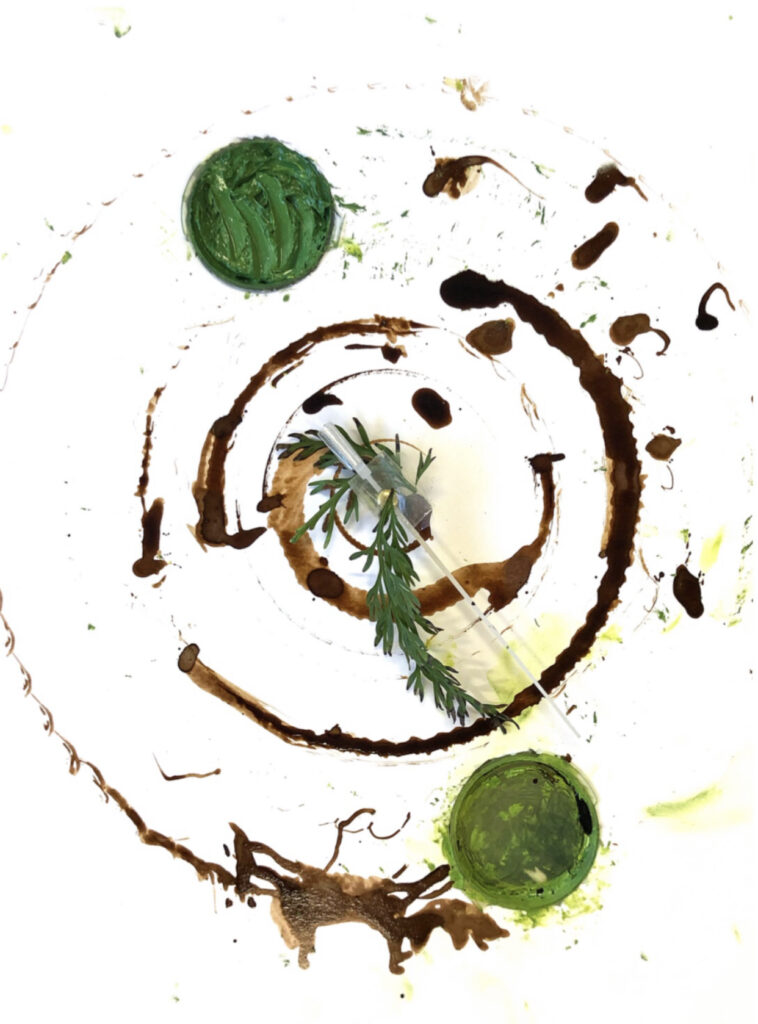
As we were working on our sand project, an artist named Yuki Kawae had a similar style to us. Yuki Kawae is a well known sand garden artist. He uses small sand boxes and creates minimal designs drawn onto the surface. One artwork that we have is extremely similar to Kawae’s work. We both used a rake to form circles onto the sand. But the difference between Kawae and Greenery Machinery’s work is that, we used plants to create the circles, but he used a proper lake.

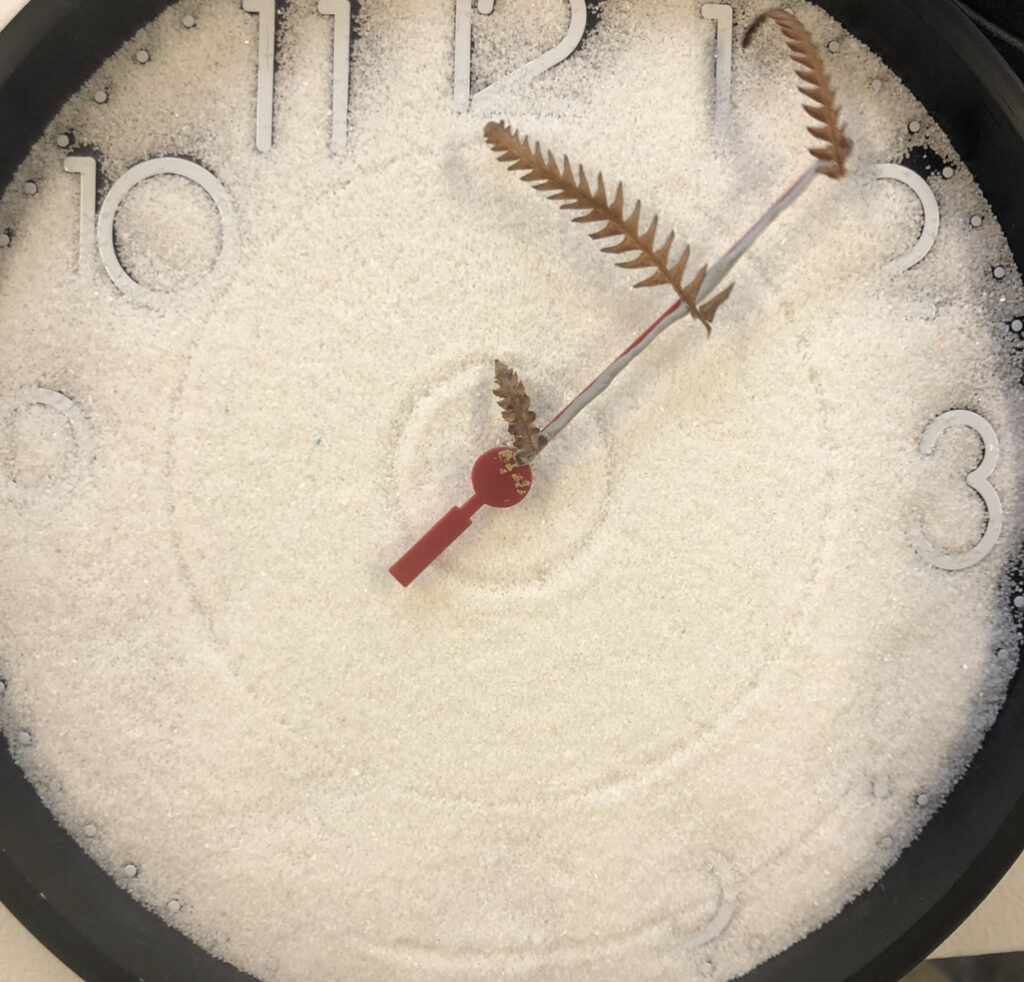
Since we wanted to incorporate nature within our art, we used parts of the fern leaves to act as a rake. This was pretty successful for us. But i wished that the hand was much stronger so we can add more leaves, which will create more circles, like Kawae’s work.
Art Machine: Introducing sand in our work.
Today, a new idea was made! We thought it would be fun to for the hands to do more than just painting. Using sand was something that we came up with, since they can be erased and created again, in many different ways. Rather than having the hands act as a brush, we made it act as a rake. By doing this, it can still create the circle shapes that we wanted to make. I think this is also cooler since, it looks more clean. It also reminds me of those Japanese-style zen stone gardens.
In order to give this piece a more calming energy to it, we need to think of ways to make this “machine ” appear as delicate as possible. So we have to think of ways to stick the leaves onto the hands in the most subtle and seamless way.

